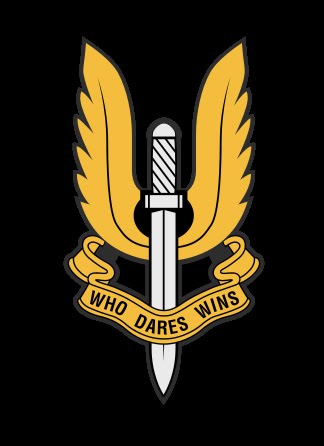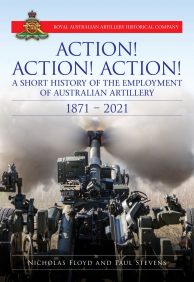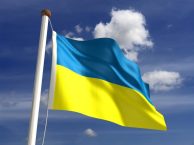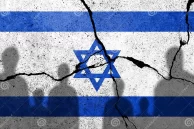
Unleashing the “Ghosts of the Jungle”
Contrary to popular belief, the United States did not stand alone in its efforts to support South Vietnam during the Vietnam War. Traditional American allies, including Taiwan, South Korea, and notably, Australia, played crucial roles in containing the spread of Communism in Southeast Asia. While each ally contributed significantly, it was the Australian Special Air Service Regiment (SASR) that left an indelible mark on the conflict, striking fear into the hearts of the North Vietnamese Army (NVA) and Viet Cong (VC).
The Australians’ involvement in Vietnam dates back to 1962, but it was in April 1966 that the SASR first set foot in Vietnam. Tasked with conducting long-range reconnaissance patrols in the dense Vietnamese jungles, they swiftly earned a reputation as the “Ghosts of the Jungle” among the NVA. Even the North Vietnamese, accustomed to facing formidable adversaries, regarded the Australians with a mixture of awe and trepidation.
Operating in small, stealthy fire teams of four to six men, the Australians moved deliberately through the jungles, employing slow and quiet tactics that belied the devastating firepower they could unleash upon contact with the enemy. The NVA soon learned that the presence of Australians in the area meant sudden and overwhelming chaos, as their well-coordinated assaults left adversaries disoriented and overmatched.
The Australians’ reputation for instilling fear lay in their ability to create the illusion of larger forces through intense and concentrated firepower. This strategic approach, coupled with their silent and methodical movements, made them the most feared enemy unit in the regions of South Vietnam they operated in. Even the most cautious VC infiltrators risked walking into a relentless Aussie ambush.
The Australian SASR seamlessly integrated with other allied forces, including American Special Forces and Navy SEALs, conducting joint operations throughout Vietnam. Each SASR unit operated alongside a New Zealand SAS trooper, fostering a strong ANZAC (Australia and New Zealand Army Corps) alliance on the battlefield.
Spread across provinces like Phuoc Tuy, Bien Hoa, Long Khanh, and Binh Tuy, the SASR conducted approximately 1,200 combat patrols during their time in Vietnam. Their one-year tours, marked by exceptional discipline and strategic prowess, resulted in one killed in action, one dead from wounds, three accidental deaths, one missing, and one death from illness. An additional 28 men were wounded in action, highlighting the intensity and challenges of their missions.
Before their departure in 1971, the Australian SASR achieved a remarkable milestone by eliminating 600 enemy troops, establishing the highest kill ratio of the entire war. The “Ghosts of the Jungle” had not only haunted the enemy but had decisively shaped the course of the conflict, leaving an enduring legacy of bravery, skill, and unwavering dedication to their mission.
As we reflect on the annals of the Vietnam War, it is imperative to recognize the pivotal role played by Australian special operators in the fight against Communism. Their stealth, precision, and unyielding commitment to their mission solidified their place as one of the most formidable forces in the dense jungles of Vietnam, earning them the enduring moniker of the “Ghosts of the Jungle.”





In several communist military histories, Australian “regular” infantry battalion
elements are often referred to as “biệt kích” (“commandos”) – ie together with Special Air
Service Regiment (SASR) troops. Noting that the Australian infantry routinely operated in
section and half-platoon sized patrols, the NVA/VC considered the Australian infantry to be
elite “commandos” – as compared to US forces that appeared to operate in larger units.
Special Air Service Regiment troops were also reportedly called “ma rừng” by the NVA/VC
ie – phantoms/ghosts of the jungle. –
Chamberlain, E.P., Communist Views of the 1st Australian Task Force, June 2023. 101 pages.
What happened between Vietnam and their backstabbing culture in Afghanistan????